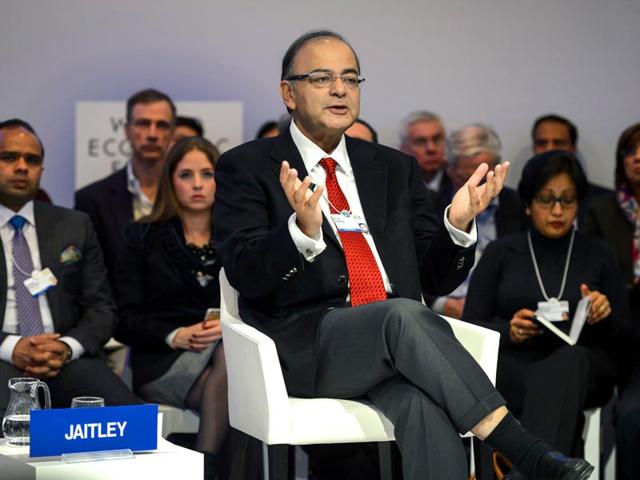Why finance minister Arun Jaitley’s second budget has to be bold
In the din over the Delhi elections, which should be of little interest to those not living there, the upcoming Union budget, which will likely have a far more widespread impact, appears to have been forgotten, at least by much of media, writes Sanjoy Narayan.
In the din over the Delhi elections, which should be of little interest to those not living there, the upcoming Union budget, which will likely have a far more widespread impact, appears to have been forgotten, at least by much of media. In 20 days, finance minister Arun Jaitley will present his second budget and everyone has high expectations of it. Partly because Prime Minister Narendra Modi has already said that it will be “transformational” but also because Jaitley’s first budget was a damp squib and people hope this one is a firecracker that actually works.

Jaitley’s debut budget, for the NDA, last year, and his predecessor and political rival P Chidambaram’s first budget for the UPA in 2004 were similar. Both presented their budgets less than 50 days after their governments had taken office, albeit separated by a decade. But more importantly, both budgets were remarkably boring, marked by the absence of a big idea or any out-of-the-box thinking.
It was Chidambaram’s second budget for the UPA, presented in February 2005, which really stood out. It clearly spelt out the Congress-led coalition’s economic philosophy, focus and direction for the future; it announced the National Rural Employment Guarantee Act (NREGA, later renamed the MGNREGA); a big plan to improve and build rural infrastructure (Bharat Nirman); a mission to address the healthcare needs of India’s rural population (NRHM); and laid down the UPA’s emphasis on the social sector. That policy paid off. In the three years that followed, India’s GDP growth averaged 9.5%.
It’s a different matter that in its second innings, the UPA’s fortunes fluttered: from 2009-10’s 8.6%, GDP growth rate declined sharply, touching 4.7% (using the earlier series) in 2013-14. But the fact is that Chidambaram delivered with his second budget for the UPA. Can Jaitley do the same?
India’s finance ministers have always had to deal with the stubborn problem of rising fiscal deficits — the difference between what the government spends and what it earns. Jaitley too will have to do that if he wants to meet the fiscal deficit target. Or, he could follow Chidambaram, who, in his second budget, stopped obsessing about the fiscal deficit and increased government spending, which ultimately had a multiplier effect on GDP growth.
No one expects the NDA to spend big on social sector schemes as the UPA did but Jaitley could do other things to boost growth and create more jobs. The good news is that he has a helping hand. With global oil prices crashing in the past eight months, India will have a much lower fuel bill and that can keep the fiscal deficit and inflation in check, leaving the finance minister more room for bold moves.
One such could be to cut income-tax rates for all except the super-rich (the 42,800 people who earn more than `1 crore a year). This could have a three-fold benefit: First, people would have more money to spend and, therefore, GDP as well as indirect tax revenues could be boosted; second, it would make them save more and, hence, spur investment; and third, it would keep the Modi government’s core constituency, the middle-class, in good cheer.
Of course the finance minister would have to do a lot more. He’ll have to speed up disinvestment in valuable PSUs such as ONGC and IOC; announce reforms that go beyond the hype for boosting the manufacturing sector; and ensure that India’s broken infrastructure situation is mended.
For FM Jaitley, this budget may be a “now or never” sort of situation. If it has to be a bold and far-reaching budget, it has to be now. It can’t be next year. Here’s why: around April next year, elections will be held in four states — Tamil Nadu, West Bengal, Kerala and Assam. And if the BJP’s avowed objective is to fare well in those polls, next February (as even a political tyro will tell you) would hardly be a good time for bold budget moves. Delhi’s may not, but some elections do matter.




